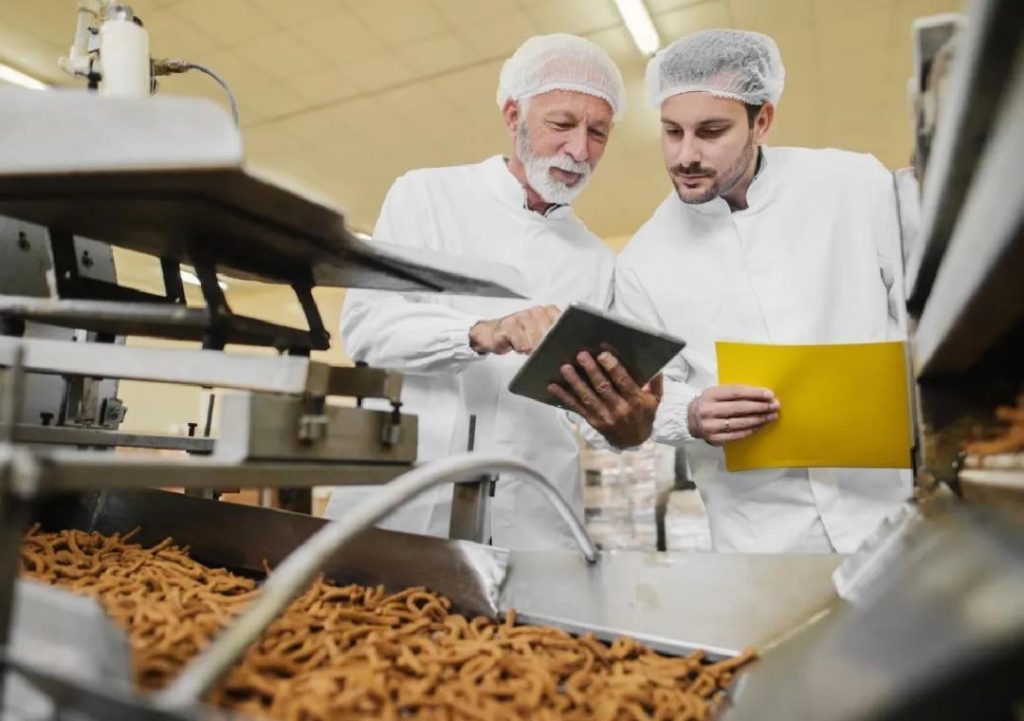
Can P&L Optimisation Redefine Success in Food Technology?
The food technology industry is one of the most dynamic and rapidly evolving sectors, with constant innovation and advancements in production, processing, and distribution. However, amidst this sea of change, one crucial aspect remains constant: the need to optimise profit and loss (P&L) operations. Food technology companies are no exception, and adopting P&L optimisation strategies has become a key differentiator for success in the industry.
In this blog post, we will explore the role of P&L optimisation in redefining success in food technology, highlighting the benefits of automation, smart inventory systems, and data analytics. We will also examine how scalable models can help businesses boost margins, ensure sustainable growth, and stay competitive in the industry.
What is P&L Optimisation?
P&L optimisation is the process of streamlining and refining a company’s financial operations to maximise profits while minimising losses. In the context of food technology, this involves carefully managing production costs, inventory levels, and sales revenue to ensure that the business is running efficiently and effectively.
P&L optimisation is critical in the food technology industry, where margins are often thin and competition is fierce. By optimising P&L operations, food technology companies can reduce waste, improve demand forecasting, and make better-informed decisions about production, pricing, and distribution.
The Benefits of P&L Optimisation in Food Technology
So, what are the benefits of P&L optimisation in food technology? Here are a few key advantages:
- Reduced Waste: P&L optimisation can help food technology companies reduce waste by streamlining production processes and eliminating inefficiencies. This not only saves costs but also helps to reduce the environmental impact of the industry.
- Improved Demand Forecasting: By analysing sales data and market trends, food technology companies can improve their demand forecasting, ensuring that they produce the right products in the right quantities to meet customer demand.
- Better Decision-Making: P&L optimisation provides food technology companies with valuable insights into their financial performance, enabling them to make better-informed decisions about production, pricing, and distribution.
- Increased Efficiency: By automating P&L operations, food technology companies can reduce the time and resources required to manage their finances, freeing up staff to focus on more strategic activities.
- Scalability: P&L optimisation enables food technology companies to scale their operations more effectively, ensuring that they can meet growing demand and stay competitive in the industry.
How Food Technology Companies are Adopting P&L Optimisation
So, how are food technology companies adopting P&L optimisation? Here are a few examples:
- Automation: Many food technology companies are adopting automation solutions to streamline P&L operations. For example, automated inventory management systems can help to reduce stockouts and overstocking, while automated accounting software can simplify financial reporting and reduce errors.
- Smart Inventory Systems: Food technology companies are also adopting smart inventory systems, which use data analytics and machine learning to optimise inventory levels and reduce waste.
- Data Analytics: Data analytics is playing a critical role in P&L optimisation in food technology. By analysing sales data, production costs, and market trends, food technology companies can gain valuable insights into their financial performance and make better-informed decisions.
- Scalable Models: Many food technology companies are adopting scalable models, which enable them to grow their operations more effectively and efficiently.
Case Study: How P&L Optimisation Helped a Food Technology Company Boost Margins
Let’s take a look at a real-world example of how P&L optimisation helped a food technology company boost margins.
Company Overview: XYZ Food Processing is a leading manufacturer of processed foods, with a range of products including sauces, condiments, and snacks. The company has a strong reputation for quality and customer service, but was struggling to maintain profitability due to inefficiencies in its P&L operations.
P&L Optimisation Strategy: XYZ Food Processing adopted a P&L optimisation strategy that included automating its inventory management system, implementing data analytics to improve demand forecasting, and streamlining its accounting processes.
Results: By implementing P&L optimisation, XYZ Food Processing was able to reduce waste by 15%, improve demand forecasting by 20%, and reduce accounting errors by 30%. As a result, the company was able to boost its margins by 10% and achieve sustainable growth.
Conclusion
P&L optimisation is playing a critical role in redefining success in the food technology industry. By adopting automation, smart inventory systems, and data analytics, food technology companies can reduce waste, improve demand forecasting, and make better-informed decisions about production, pricing, and distribution.
Scalable models are also essential for food technology companies, enabling them to grow their operations more effectively and efficiently. By adopting P&L optimisation strategies, food technology companies can boost margins, ensure sustainable growth, and stay competitive in the industry.
Sources:
https://www.growthjockey.com/blogs/p-and-l-operations-in-food-tech






